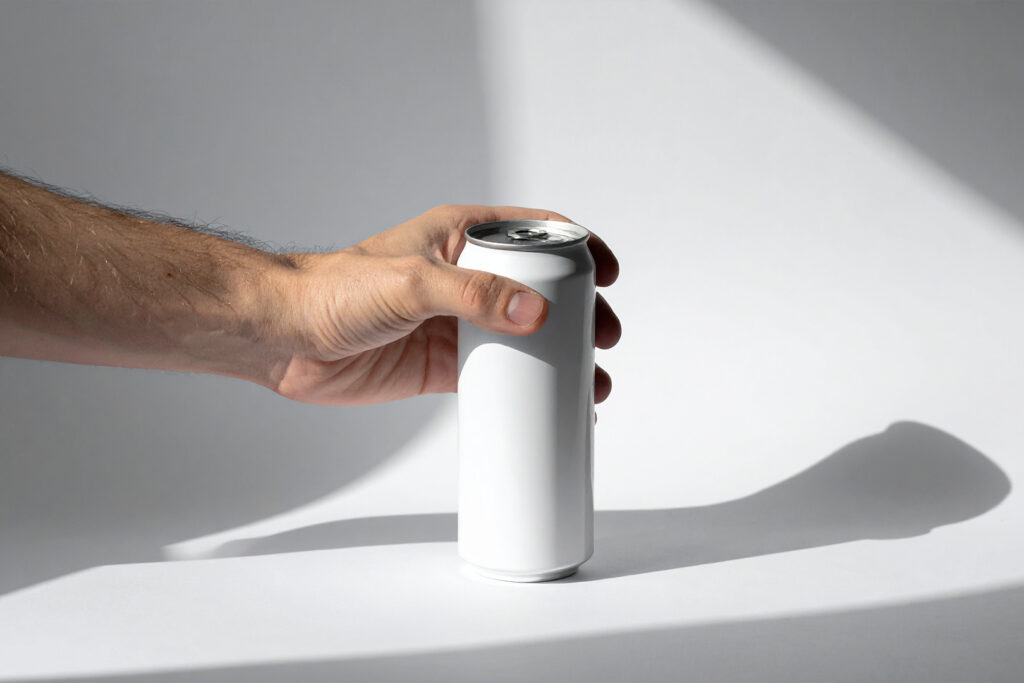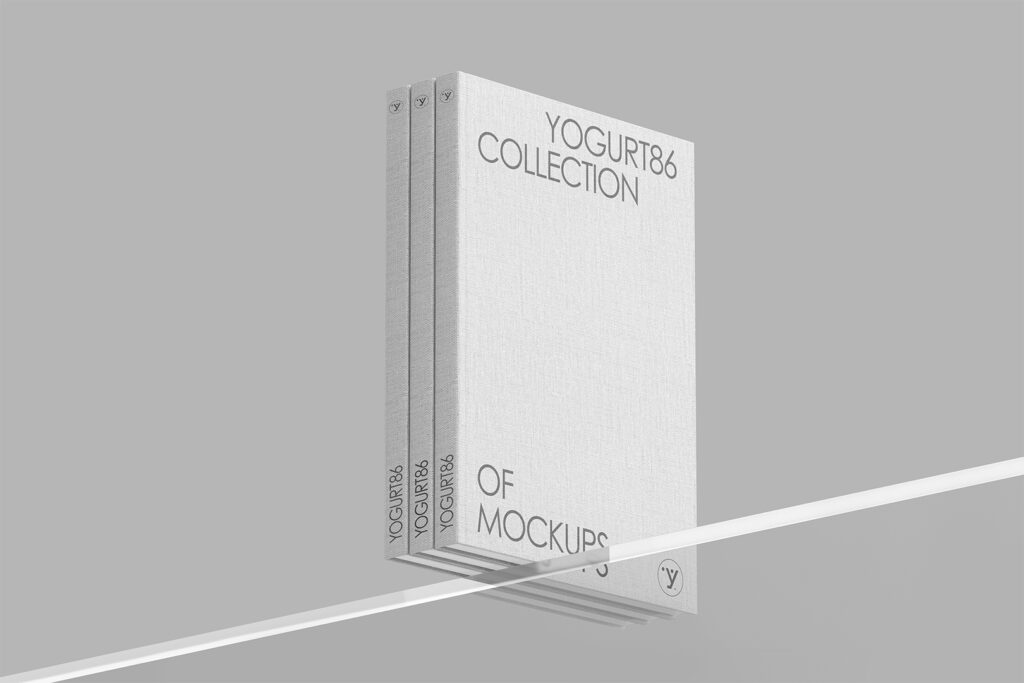Mockups and digital prototypes are crucial elements in the process of creating digital products, including websites, user interfaces, and both mobile and desktop applications. The mockup industry is continually evolving. Historically, designers relied heavily on traditional tools like Adobe XD or Sketch for creating layouts. However, with the advancement of artificial intelligence and automation, professionals are now exploring how AI can streamline and expedite their work. While AI can be helpful in many aspects, complete reliance on it is not advisable. How can AI effectively be used in mockup creation? When is it worthwhile to prioritize automation versus overseeing the creation process independently? I’ll address these questions in this article.

Creating Mockups in a Traditional Way – Pros and Cons
Until AI tools entered the mockup market, designers created prototypes using traditional methods. This approach lacked significant automation and process optimization capabilities. Naturally, there are pros and cons to this method. It’s important to understand them before deciding whether to integrate AI tools into your workflow.
Control over the project – Designing and creating mockups independently provides full control over every aspect of the work. This enhances professionalism and reduces errors.
Quality and precision – AI tools are not yet advanced enough to create error-free designs and visualizations. Traditional methods allow designers to ensure every detail meets high standards.
Effective customization – Traditional solutions allow unlimited customization based on client specifications. Experienced designers can effortlessly translate a vision into a finished product.
Time-consuming nature – However, traditional methods are time-consuming, especially for complex projects, requiring substantial time investments.
Cost implications – Time-intensive work also translates into higher costs in terms of capital and human resources, potentially making a project economically unviable.
Process organization – Creating complex mockups and visualizations demands effective management and optimization. Traditional methods may lead to additional costs in such cases.

Utilizing AI in Mockup Creation
The introduction of AI into the public domain in 2022 revolutionized various industries, including mockup creation and computer graphics. Leveraging artificial intelligence for visualizations and prototypes has become incredibly popular. However, blindly following trends and adopting AI just because it’s fashionable isn’t advisable. It’s essential to be aware of both the positive and negative aspects of AI before integrating it into your workflow.
Time and cost savings – AI significantly reduces both time and monetary costs in mockup creation. Generating intricate graphics takes AI significantly less time compared to humans.
Ease of editing – AI-generated visualizations and designs are easy to edit and personalize with minimal effort. Traditional methods often require substantial effort to refine individual elements of a mockup.
Repeatability – This aspect is both a drawback and an advantage. While AI lacks creativity because it relies on existing graphics and patterns, long-term AI usage allows for the creation of repeatable and thoroughly tested models.
Limited control – Using AI inevitably reduces control over the project. AI tools may introduce errors and create graphics that deviate from the designer’s vision.
Less attention to detail – Despite advancing AI technology, it is not immune to errors. Using AI for mockup creation may result in less attention to detail in the project.
Best Time to Use AI Tools
Now that we know the pros and cons of both approaches to mockup creation, let’s answer the question: when is the best time to utilize AI tools in projects? The answer is not straightforward and depends on the characteristics of the project at hand. However, we can outline situations where leveraging AI offers more advantages than disadvantages. AI is beneficial for quick visualizations, projects with limited budgets, and repetitive designs that benefit from automation. When creating a unique and creative project, AI can automate some processes, but it’s crucial to design the most important elements independently. Artificial intelligence is a versatile tool that can be used in many ways. However, it’s not advisable to rely entirely on AI, as it can diminish the uniqueness of our work and may be perceived as less professional.